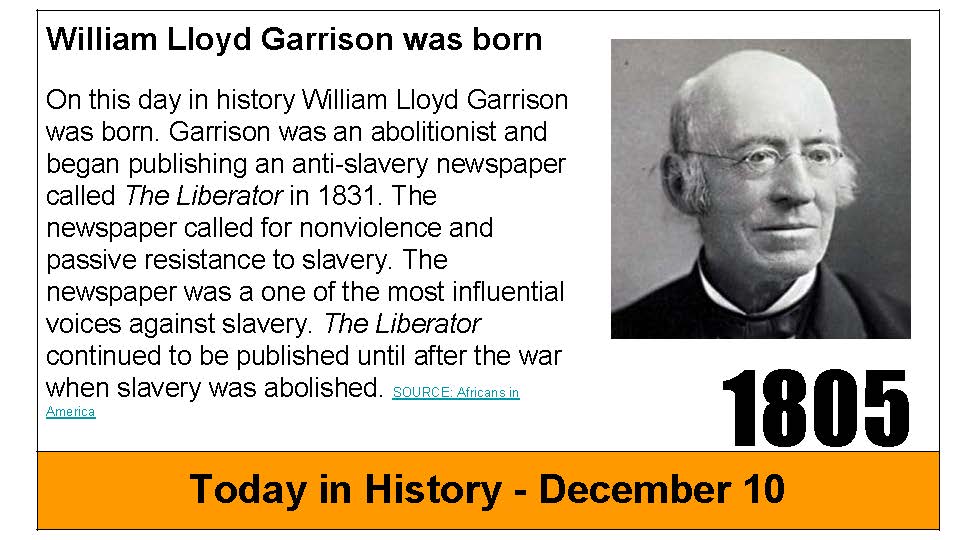Yesterday was Thanksgiving morning, and I was up early as I usually am. I am the early riser in our home.
Thanksgiving for our family is quiet, there are only three of us, five, if you include our dogs. Our daughter is home from college and our married son is spending time with his wife’s family.
We used to travel for Thanksgiving, but now we stay home. Last week, I listened to my students talk about Thanksgiving break. Some shared they would be travelling while others mentioned they would spend the break close to home.
I imagine for many of my students, yesterday was spent enjoying the day with family traditions, family recipes and food, and maybe listening and learning their family story. And there were phone calls to family that aren’t here or close. I spoke with my brothers early Thanksgiving morning who are a thousand miles away and called my stepmother later in the afternoon.
However, you spent Thanksgiving Day, I hope you enjoy the break.
Last week I emailed a plea to collect plastic shopping bags to be donated to the Loaves and Fishes food pantry.
Last Thursday and Friday, I observed several students bringing in garbage bags filled with plastic shopping bags to contribute for their Achieve class.
Our students responded and the team collected 16.51 kg of plastic shopping bags. Continue reading “Gratitude – a shark is generous and thankful”



 When we returned from winter break, we used the
When we returned from winter break, we used the 


